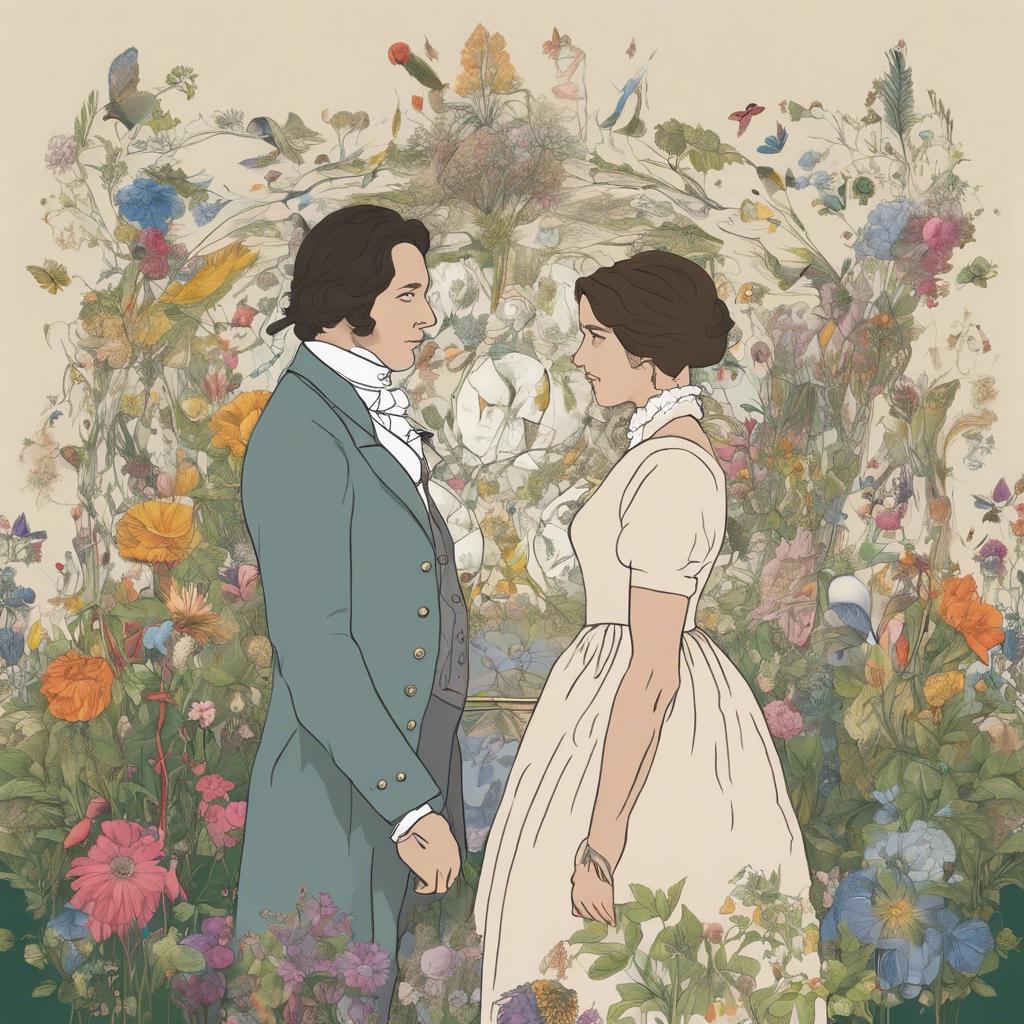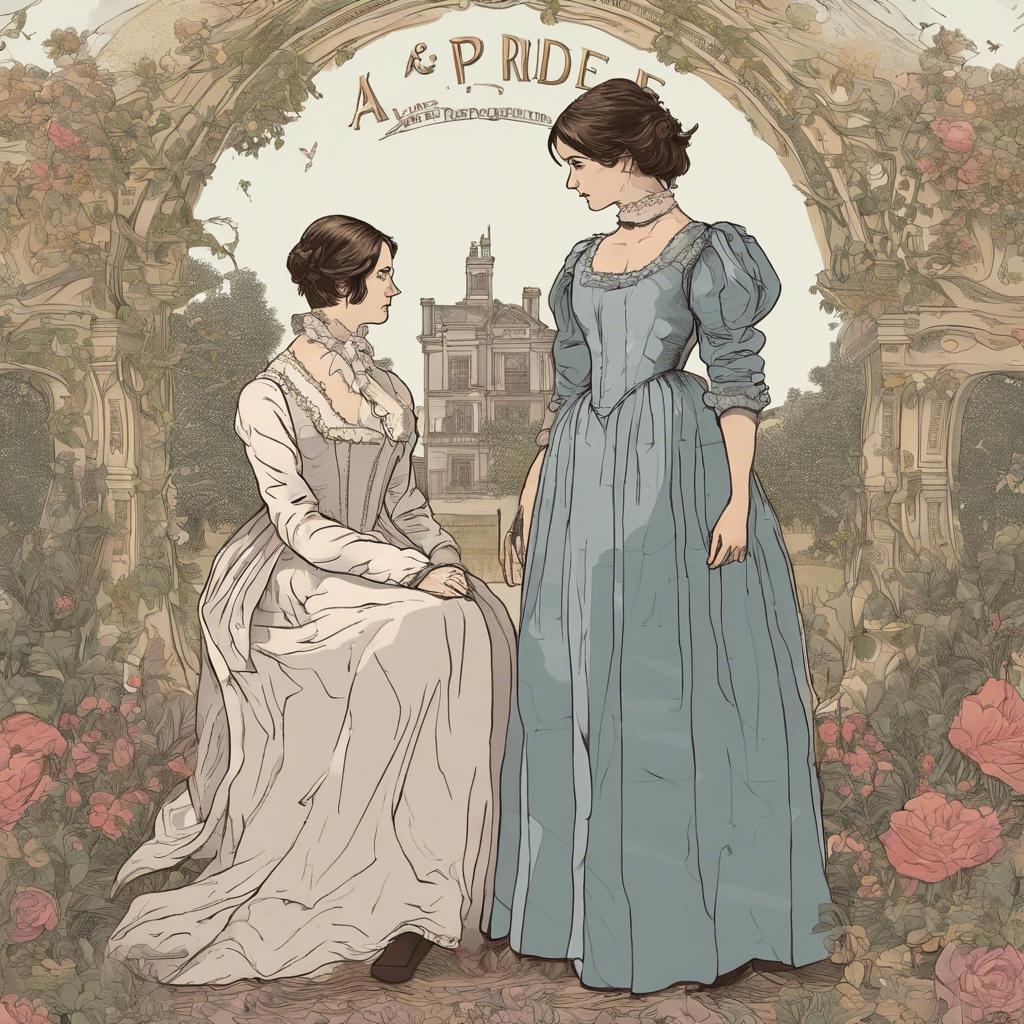In the annals of television history, few productions have ignited as much fervor and fascination as A&E’s adaptation of Jane Austen’s timeless classic, “Pride and Prejudice.” Released in 1995, this exquisite miniseries captivated audiences worldwide with its impeccable attention to historical detail and stellar performances by its talented cast. Join us as we delve into the enduring legacy and unforgettable charm of A&E’s “Pride and Prejudice,” a true masterpiece of the small screen.
Step Into the World of Cheryl Bolen
Dive into the enchanting stories of love, intrigue, and elegance set in the Regency Era. Cheryl Bolen's novels offer timeless romance and captivating tales that will leave you wanting more.
Explore Cheryl Bolen's Books Now
Background of A&E Pride and Prejudice
| Year: | 1995 |
| Channel: | A&E Network |
| Director: | Simon Langton |
| Genre: | Drama, Romance |
In 1995, the A&E Network brought to life one of the most beloved novels of all time, “Pride and Prejudice,” in a stunning adaptation that captivated audiences around the world. Directed by Simon Langton, this classic tale of love, class, and society was beautifully retold in a six-episode miniseries.
Set in Regency-era England, “Pride and Prejudice” follows the story of Elizabeth Bennet, a smart and independent young woman, as she navigates the complexities of love and family life. The series delves into the intricacies of society and the pressures faced by women in a patriarchal world.
Featuring a talented cast, regency era costumes”>exquisite costumes, and breathtaking scenery, A&E’s “Pride and Prejudice” remains a timeless masterpiece that continues to enchant audiences with its timeless themes of love and redemption.
Key Differences from the Novel
In the A&E adaptation of “Pride and Prejudice,” there are several key differences from the original novel by Jane Austen. One major difference is the portrayal of Mr. Collins, who is depicted as more comical and over-the-top in the TV series compared to the book. This change adds a humorous element to the character, making him more memorable to viewers.
Another notable difference is the pacing of the story. The TV adaptation condenses the events of the novel into a shorter timeframe, resulting in a faster-moving plot. This decision allows for a more dynamic viewing experience, keeping the audience engaged and enthralled with the characters’ journeys.
Additionally, the A&E version of “Pride and Prejudice” places a stronger emphasis on the romantic tension between Elizabeth Bennet and Mr. Darcy. The on-screen chemistry between the two characters is palpable, drawing viewers in and heightening the emotional impact of their evolving relationship. This focus on the love story adds a captivating element to the series, resonating with audiences and bringing Austen’s timeless tale to life in a fresh and engaging way.
| Novel | A&E Adaptation |
|---|---|
| Mr. Collins is portrayed as a more serious character. | Mr. Collins is depicted as comical and exaggerated. |
| The story unfolds at a leisurely pace, allowing for in-depth character development. | The plot moves quickly, condensing the events of the novel. |
| The focus is on the societal norms and class distinctions of the time. | The emphasis is on the romantic tension between Elizabeth and Mr. Darcy. |
Analysis of Character Depictions
In the adaptation of “Pride and Prejudice” by A&E, the character depictions are carefully crafted to stay true to the original novel by Jane Austen. One of the most striking characters is Elizabeth Bennet, portrayed as a witty and independent woman who challenges societal norms. Through her interactions with other characters, viewers can see her intelligence and strong will.
Mr. Darcy is another key character who undergoes a transformation throughout the story. Initially portrayed as proud and aloof, he slowly reveals his true nature as a kind-hearted and honorable man. The evolution of his character adds depth to the narrative and highlights the theme of personal growth and self-awareness.
The supporting characters in “Pride and Prejudice” also play crucial roles in the story. Characters like Jane Bennet, Mr. Bingley, and Lady Catherine de Bourgh provide contrast to the main characters and help to illustrate different aspects of Regency-era society. Each character is carefully portrayed to enhance the overall themes of love, class, and reputation in the novel.
Recommendations for Fans of Jane Austen
If you are a fan of Jane Austen’s timeless novels, then you are sure to love the A&E adaptation of Pride and Prejudice. This mini-series beautifully captures the wit, charm, and romance of Austen’s original work, bringing the beloved characters to life on screen.
One of the highlights of this adaptation is the impeccable casting choices. Colin Firth shines as the brooding Mr. Darcy, perfectly capturing the character’s aloof demeanor and hidden vulnerability. Jennifer Ehle brings intelligence and grace to the role of Elizabeth Bennet, creating a captivating on-screen chemistry with Firth that keeps viewers on the edge of their seats.
From the stunning English countryside settings to the elegant Regency-era costumes, every detail of this production is meticulously crafted to transport viewers back in time to Austen’s world. The lush cinematography and period-appropriate soundtrack further enhance the viewing experience, making Pride and Prejudice a must-watch for any Austen enthusiast.
In Conclusion
A&E’s adaptation of Jane Austen’s timeless masterpiece “Pride and Prejudice” stands as a testament to the enduring power of love, society, and class in the Regency era. Through its meticulous attention to detail, brilliant performances, and faithful adherence to the source material, the miniseries continues to captivate audiences with its portrayal of one of literature’s most beloved romances. As we bid adieu to the world of Elizabeth Bennet and Mr. Darcy, we are reminded of the complexities and intricacies of human relationships, and the universal themes that transcend time and place. ”Pride and Prejudice” remains a classic for the ages, and A&E’s adaptation remains a shining example of the enduring legacy of Jane Austen’s work.


